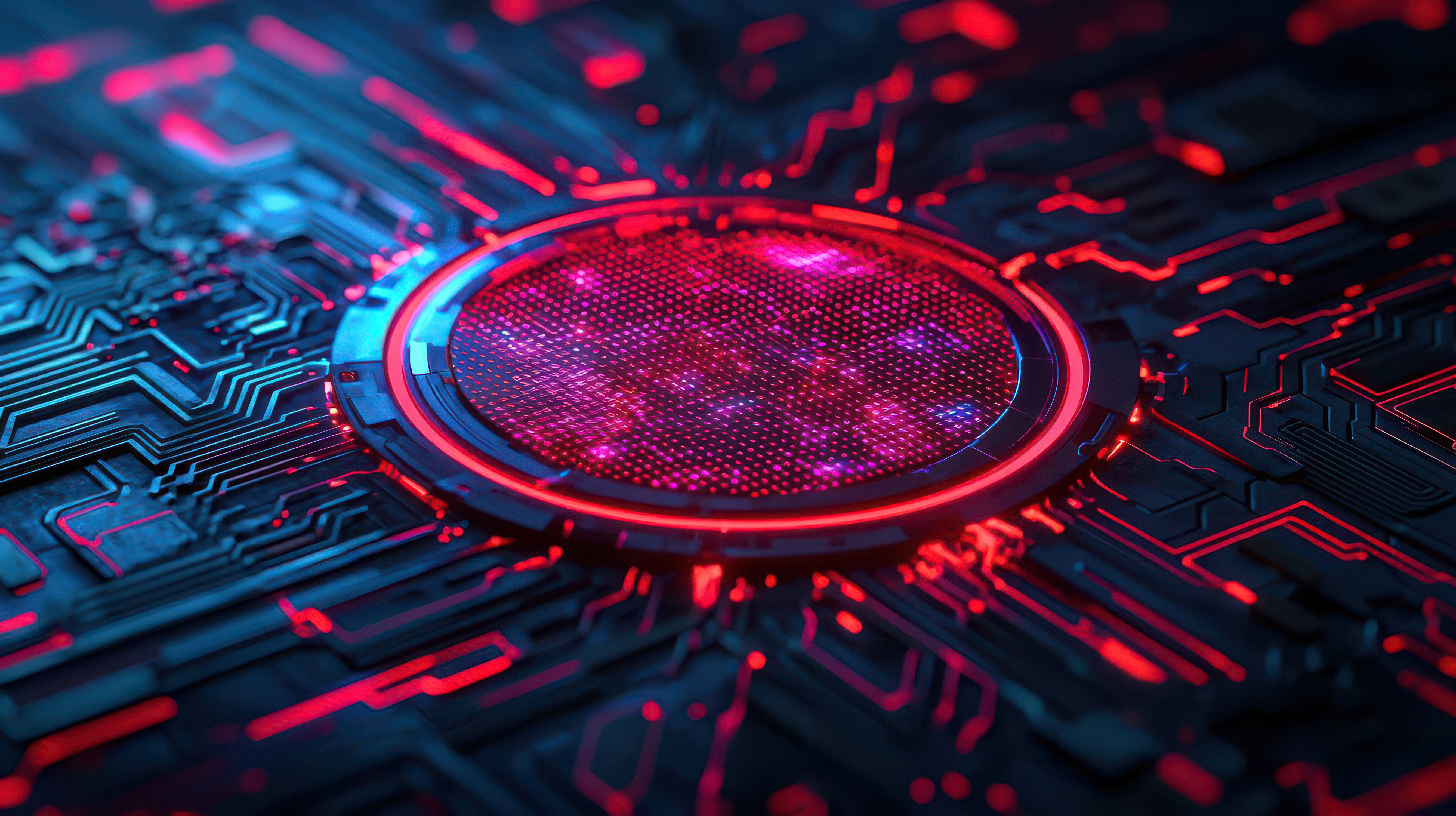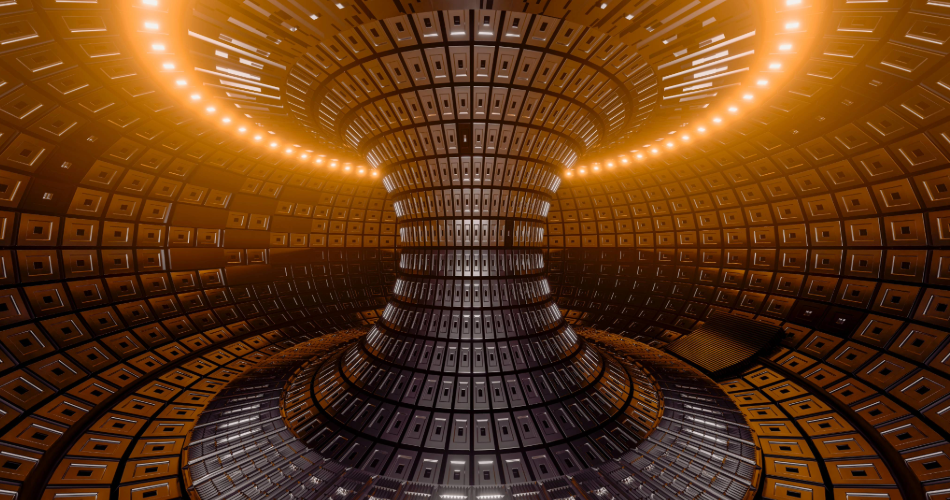
Hitachi Rail and Hyperdrive Innovation have recently announced an agreement to develop battery packs to power zero-emission trains and create a battery hub in the North East of England. One use of these batteries will be in hybrid drivetrains.
Most of us are familiar with hybrid drivetrains in cars. Energy is provided to the car by burning fuel in a combustion engine, but the car also has a battery that can be charged by regenerative braking or by a generator powered by the engine.
In trains, it is generally recognised that most efficient operation can be achieved by a fully electrified network in which trains are supplied with power by an external conductor, such as an overhead line. However, for many rail networks, like those of the UK, cost or structural reasons have prevented electrification of substantial numbers of routes. Thus there is a need for alternative power sources. Accordingly, hybrid systems are also used in trains, but there are more options for hybridization, i.e. overhead line + battery, diesel + battery, diesel + overhead line, or even overhead line + battery + diesel.
In the UK at least, the most common variant is probably the bi-mode electro-diesel train, an example being the British Rail Class 800 built by Hitachi Rail. Here an electric motor drives the train, the motor being selectively powered by a generator driven by a diesel engine or by electrical energy from an overhead line. This allows the train to operate on both electrified and non-electrified routes: so-called “gap-filling”.
However, there is growing interest in increasing the use of battery technology in trains, not just as a means for storing surplus energy from the prime mover power source, or energy derived from regenerative braking, but as a prime mover in its own right. Thus a hybrid power system based on overhead line + battery, like a bi-mode electro-diesel train, also allows a train to “gap-fill” by operating on both electrified and non-electrified routes. Moreover, by replacing the diesel engine with a battery, such a system can bring advantages of reduced noise, reduced (effectively zero) tailpipe emissions, and potentially reduced overall emissions.
Activity of the type being pursued by Hitachi Rail and Hyperdrive Innovation may provide impetus to wider adoption in trains of hybrid power systems based on overhead line + battery. If this happens, operators of, and passengers on, partially electrified rail networks may soon be able to enjoy many of the benefits associated with full electrification.
Stephen is an experienced and successful patent professional with wide opposition experience. He has handled high value cases, multi-opponent cases, cases with parallel international litigation, and cases with substantial amounts of expert evidence. He is focused on obtaining the best outcomes for his clients, using his knowledge of opposition and appeal processes to provide helpful guidance and effective advocacy. His clients cover a diverse range of large, multinational and medium-sized companies in the UK, Japan and the US, as well as research institutes, universities and SMEs. He works primarily in engineering, materials and chemicals sectors, while specialising particularly in aeronautics, rail transport, power generation and medtech.
Email: stephen.gill@mewburn.com
Sign up to our newsletter: Forward - news, insights and features
Our people
Our IP specialists work at all stage of the IP life cycle and provide strategic advice about patent, trade mark and registered designs, as well as any IP-related disputes and legal and commercial requirements.
Our peopleContact Us
We have an easily-accessible office in central London, as well as a number of regional offices throughout the UK and an office in Munich, Germany. We’d love to hear from you, so please get in touch.
Get in touch

